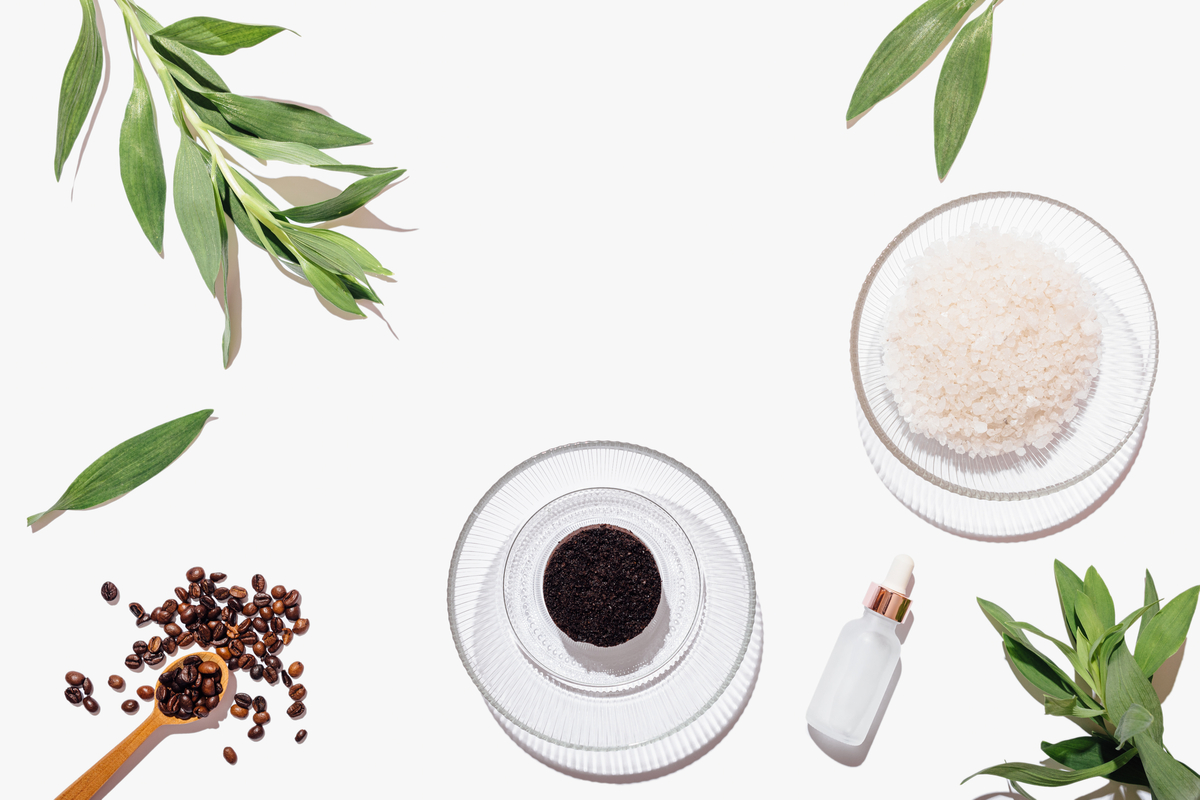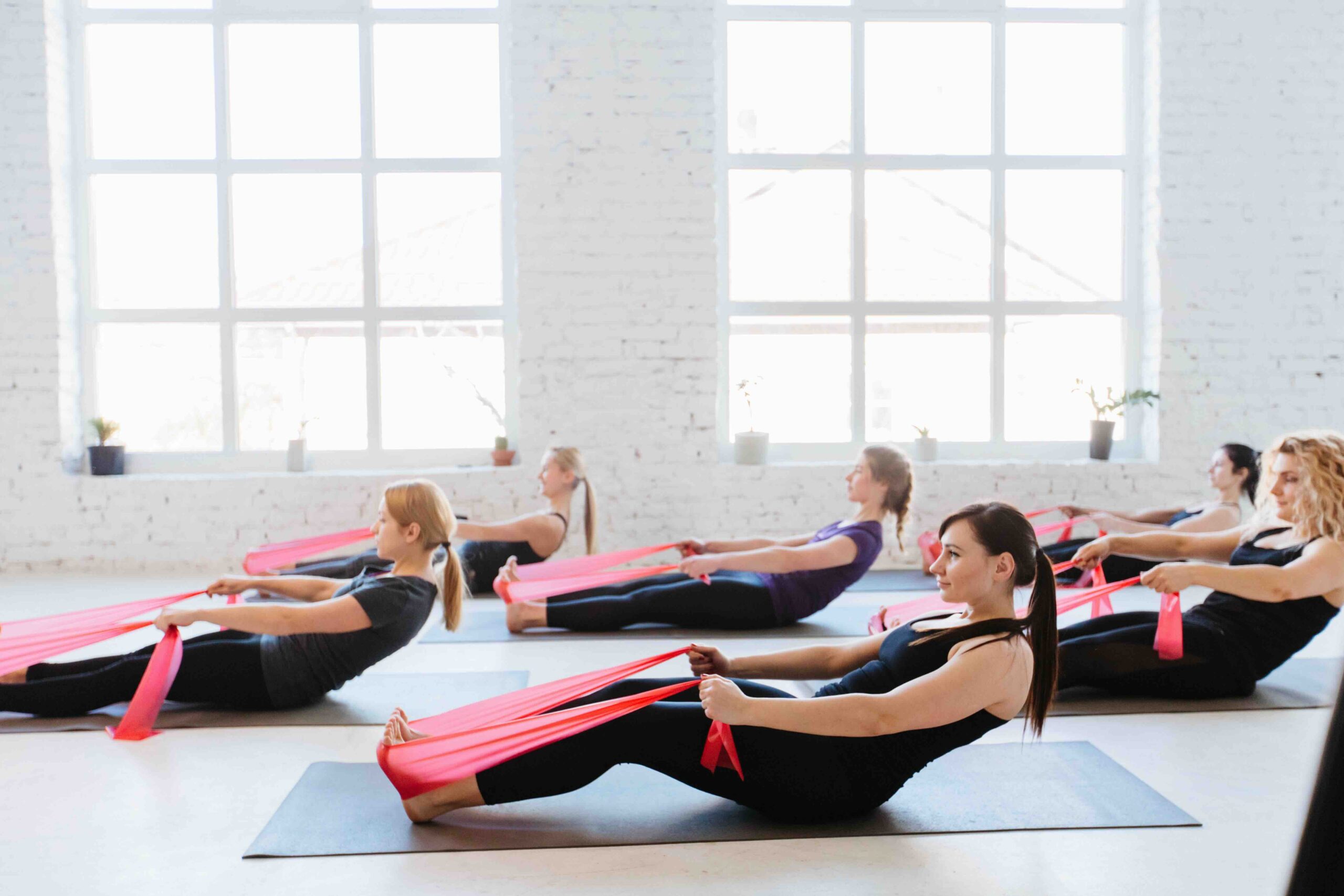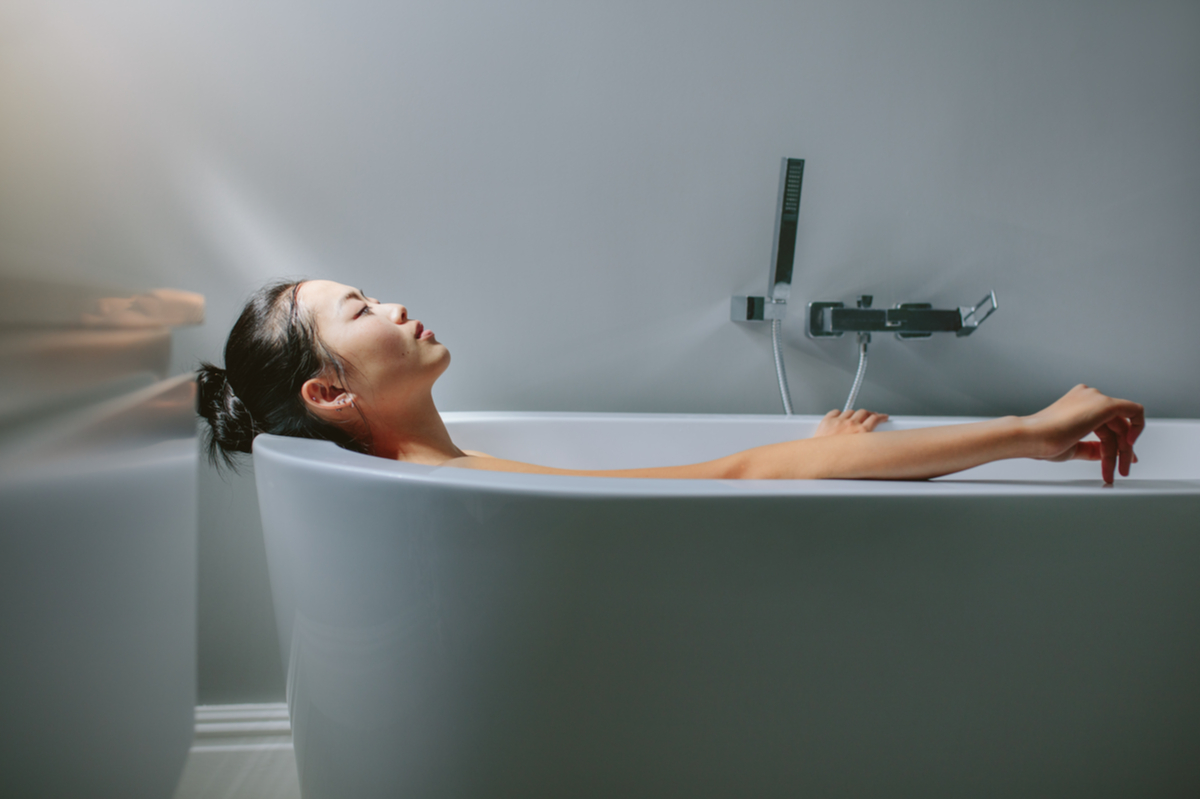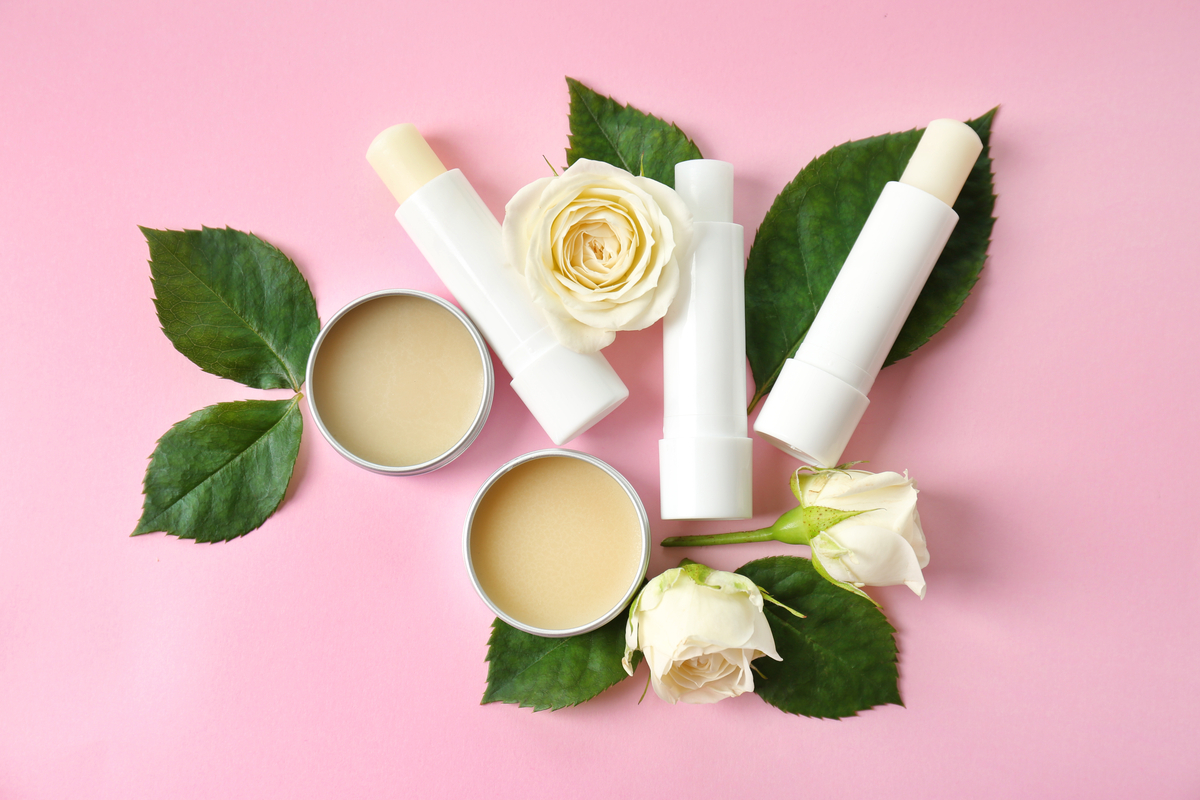
Exfoliation is the sloughing off of dead skin cells so they don’t clog pores or make the skin look dull. When most people think of exfoliation, they think of face, but it’s important to exfoliate the skin from head to toe. But how often should we do it? What are the different types of exfoliation out there, and what one is right for your skin type?
Doctors, makeup artists and celebrity estheticians all agree on the importance of exfoliation. Here, Dr. Trevor Cates, Ildi Pekar and Tammy Fender explain different ways to exfoliate the face and body for beautiful, healthy skin. From dry brushing to fruit enzymes, here are six different exfoliation methods to help you find the kinds that are right for your skin.
Fruit enzymes
If you’ve ever been scared of exfoliation because of harsh microbeads, using an enzyme exfoliator could work for you. “Using natural fruit extract removes dead skin without causing harm and damage to your skin,” Dr. Cates says. What’s more, he says, the enzymes digest only the dead cells on the surface of the skin, leaving living cells beneath intact—making it suitable for even the most sensitive skin types. He recommends an exfoliator with pineapple because it contains bromelain, which has great anti-inflammatory properties.
Dry brushing
Pekar recommends dry brushing as a way to stimulate your body’s circulation, as well as slough off dead skin cells. “Since your skin is the largest organ, the stimulation from dry brushing helps detoxify your body and remove excess water,” she says. Pekar says it can have obvious benefits, like exfoliating the skin, and not-so-obvious, like aiding in digestion and reducing cellulite.
She also gives great advice regarding the proper way to dry brush: “Start with your right leg, and brush upwards towards you heart using long strokes.” Next, she recommends moving on to the stomach, brushing in a clockwise motion since this is the direction in which your food digests. Move on to your right arm, using long strokes upwards towards your heart, just like you did in your leg. “Start with your right side, with the leg, moving up the body and then down your left side,” she says. “This technique stimulates the lymphatic system ands helps drain the excess water and toxins.” She recommends using an organic brush with natural bristles, and only brushing until the skin is slightly pink.
Body scrub
If dry brushing is not for you, try a caffeinated coffee scrub to get similar benefits, such as stimulating circulation and reducing water retention. As an added bonus, the smell of the coffee alone should wake you up in the shower. Look for a coffee scrub with sugar and/or moisturizing oils to nourish the skin rather than depleting it.
Peels
Fender recommends at-home facials peels. “There are some great alternatives to chemical peels, which can destroy the skin’s natural protective barrier, and deplete its essential moisture,” she says. For this more gentle alternative to chemical peels, there are several options, from single-use peel pads to Fender’s Epi-Peel, that can be used as an exfoliating face wash or left on for an exfoliating mask. It’s an all-natural alternative to chemicals used in a dermatologist’s office, using rosemary and spearmint to improve circulation, and clay to remove impurities from pores.
AHAs (alpha hydroxy acids)
Usually derived from milk or fruit sugars, AHAs are notorious for being a great exfoliator for acne-prone skin. The best part about AHAs is you can find them in facial serums or overnight treatments that exfoliate while you sleep, so your skin never has to undergo any harsh scrubbing. They’re also known to reduce hyperpigmentation, which can be a side effect of too much sun, acne scarring or just general age spots.
Lip exfoliator
The face and body tend to get all the attention when it comes to exfoliation, but lips need exfoliating as well. Lips are just as subject to sun and other environmental damage as the rest of the face. Well-exfoliated lips tend to get chapped less and hold on to lipstick better.







